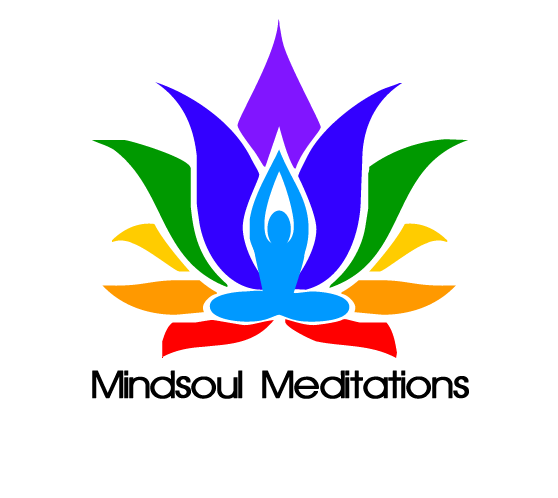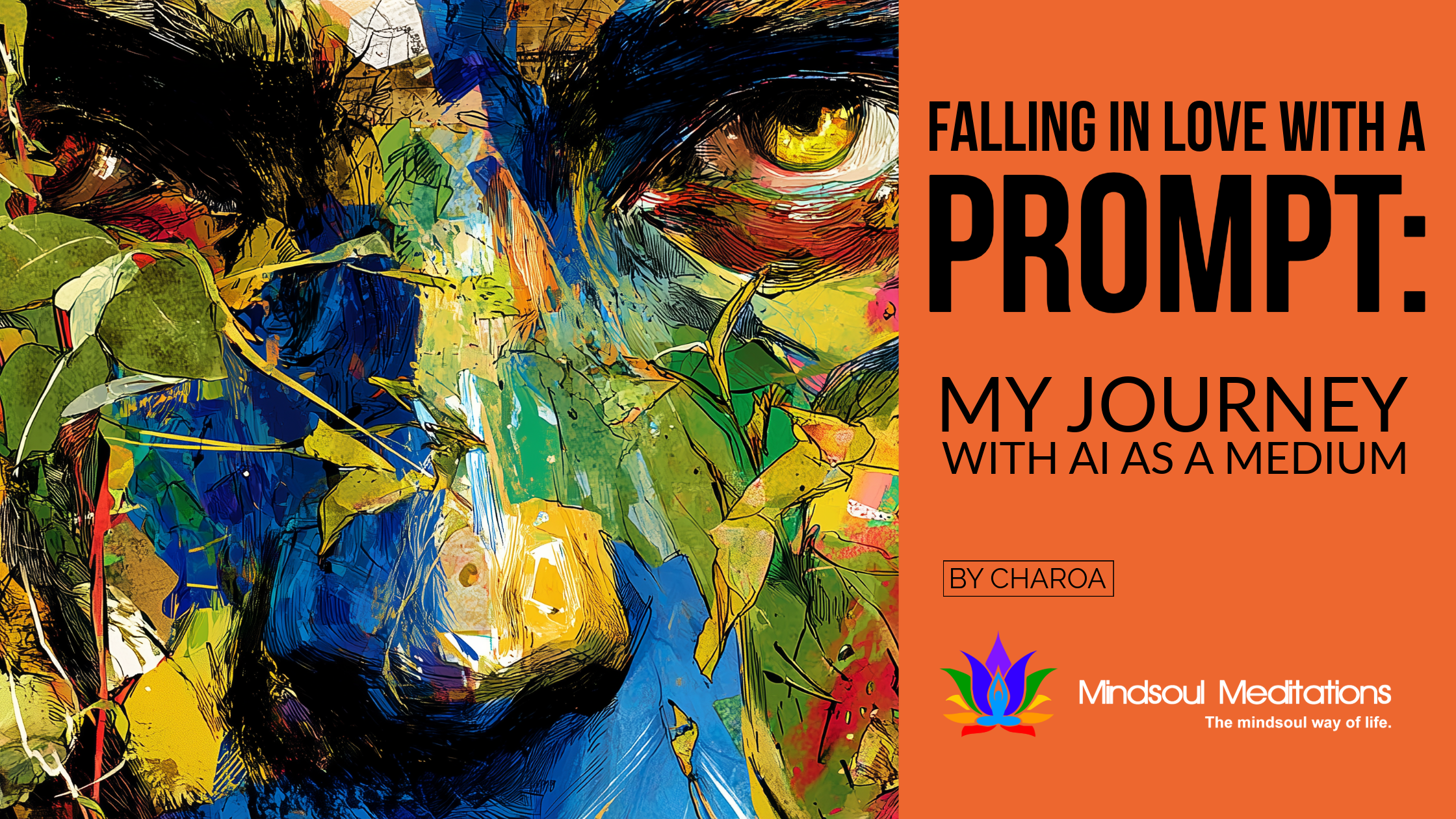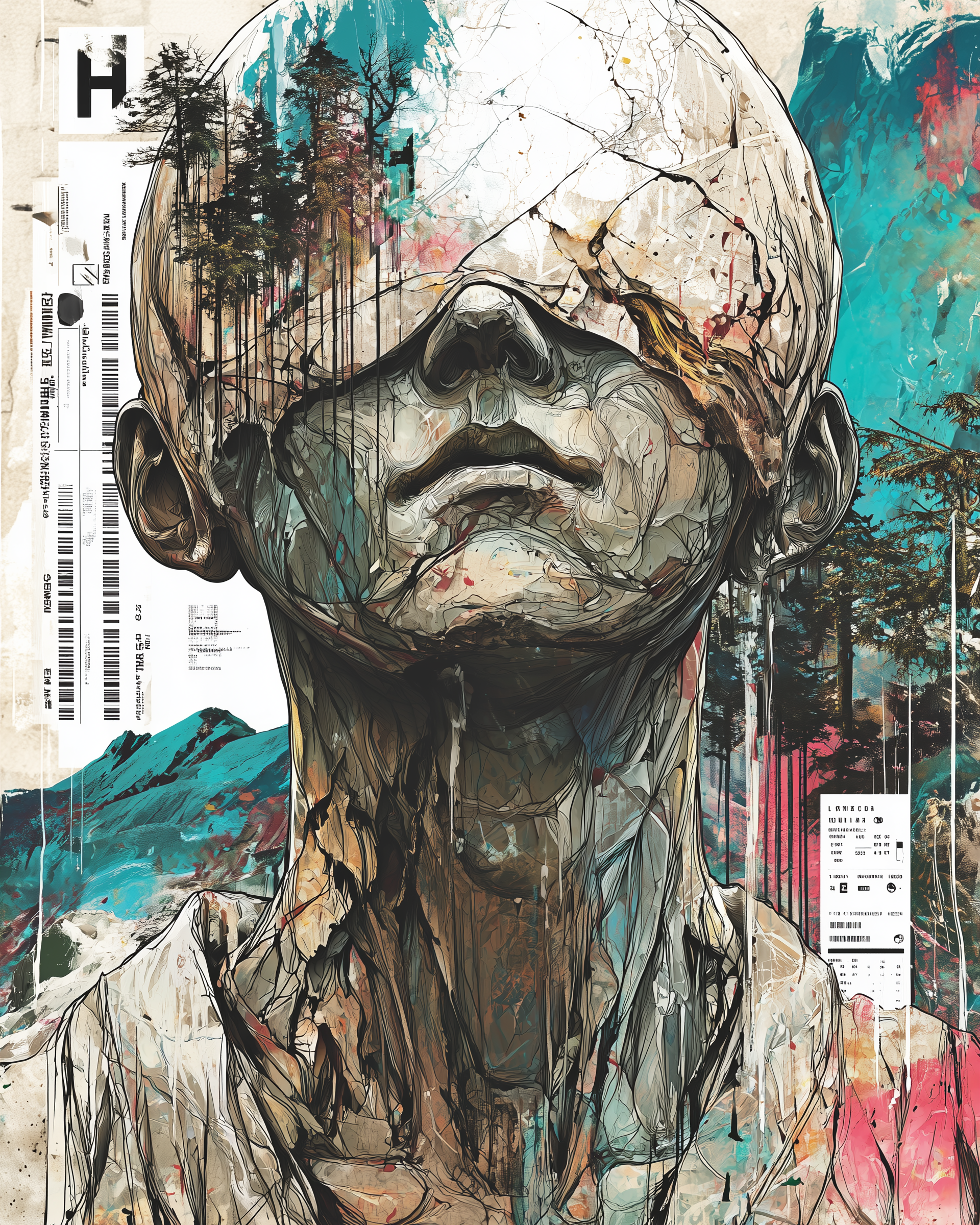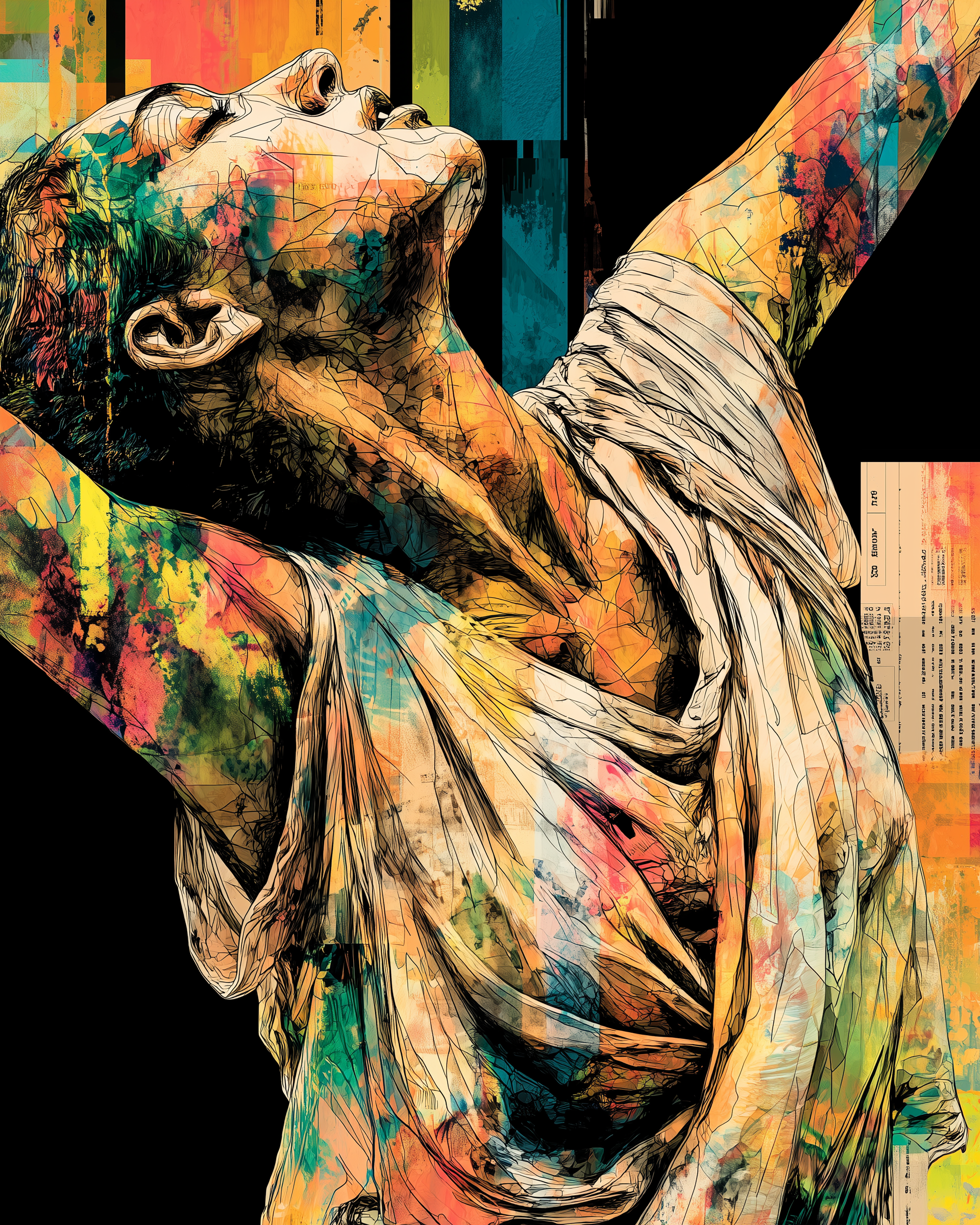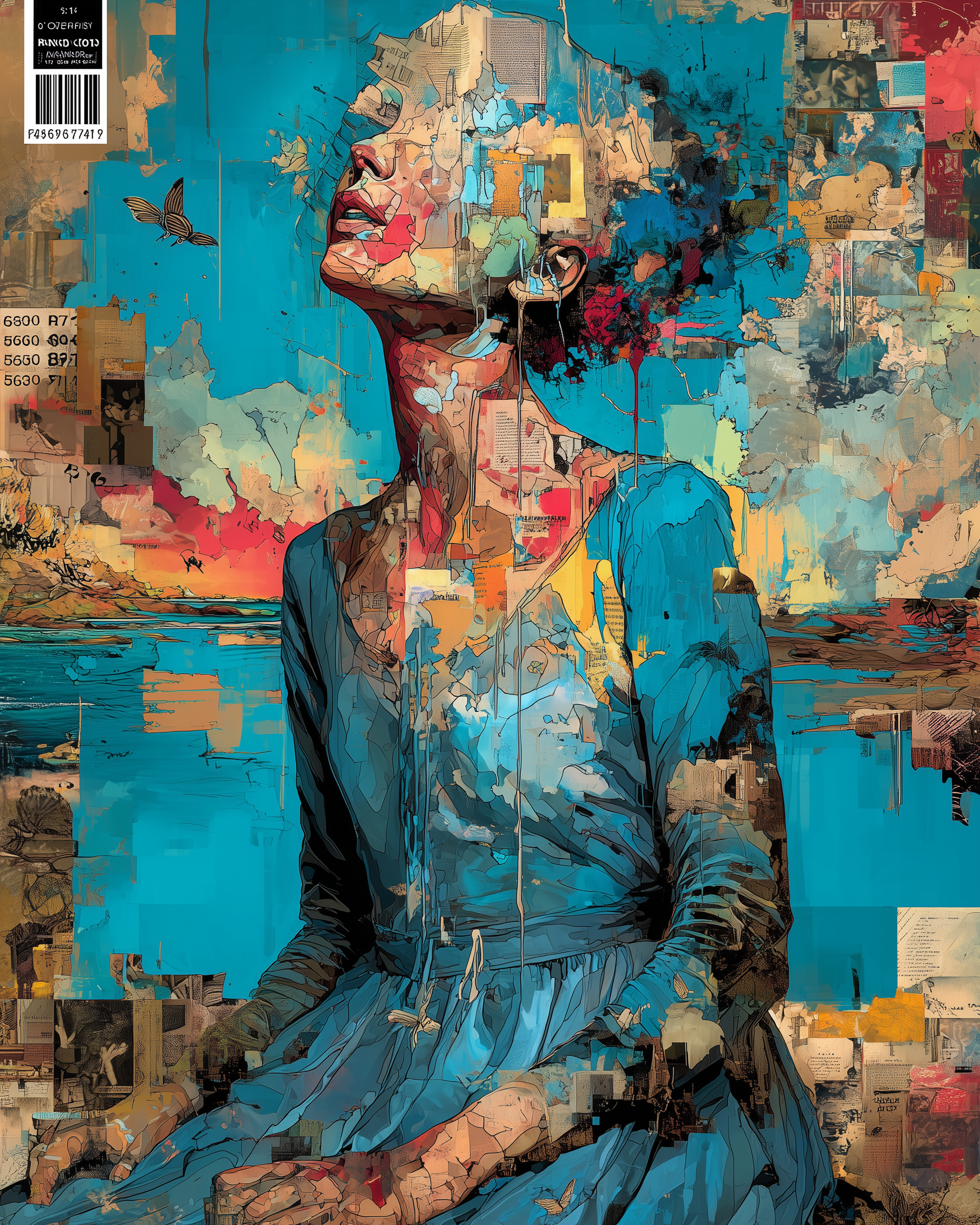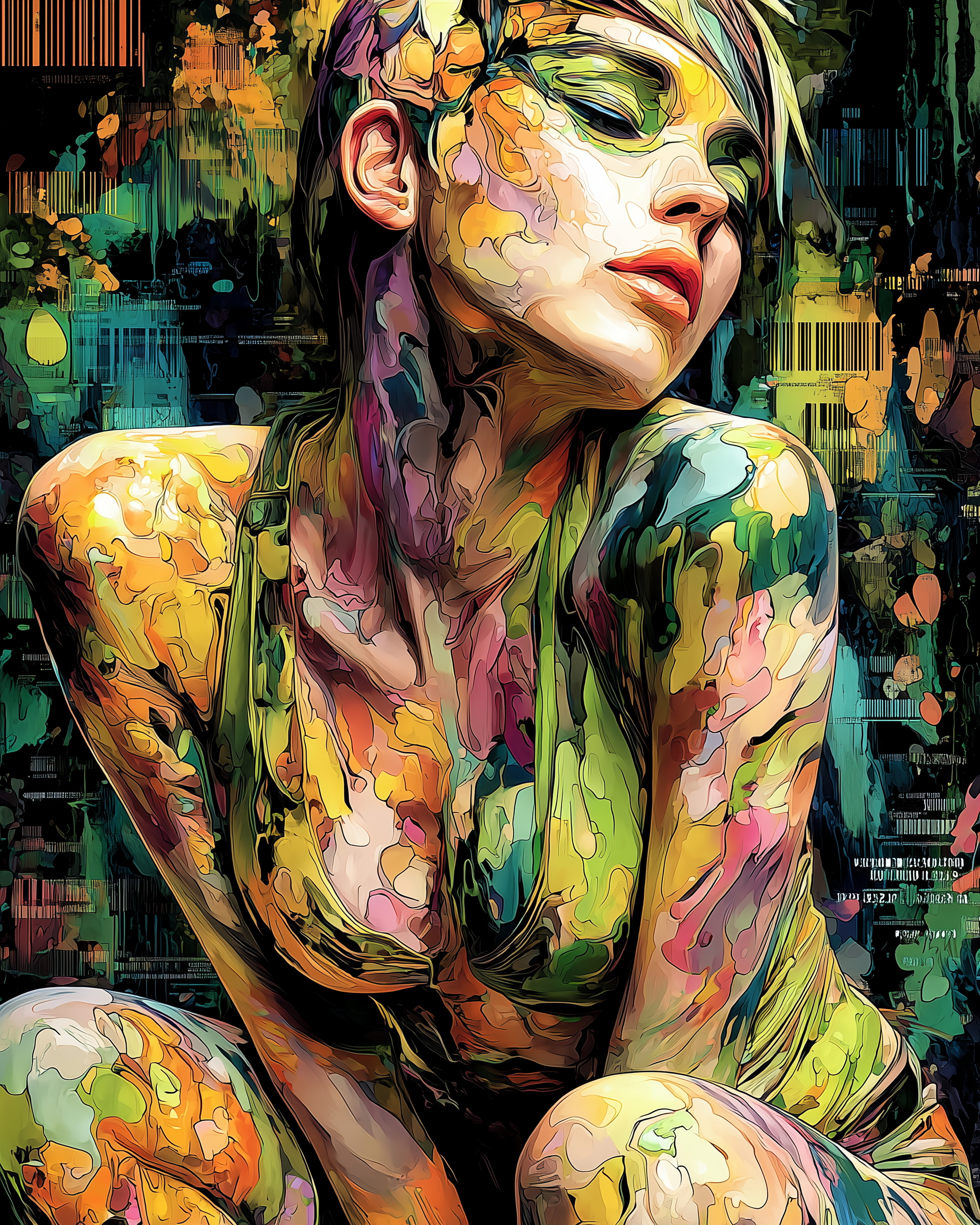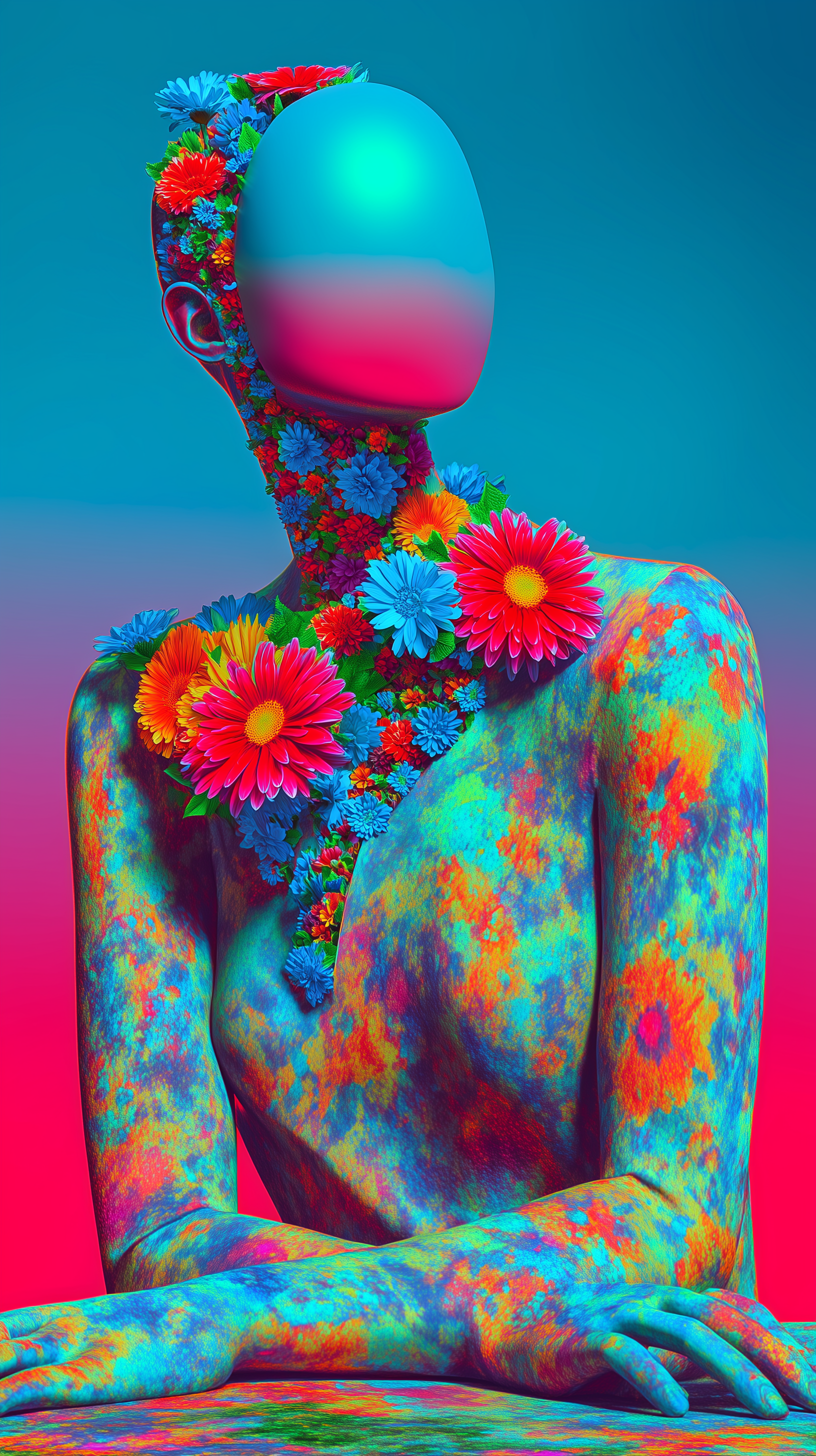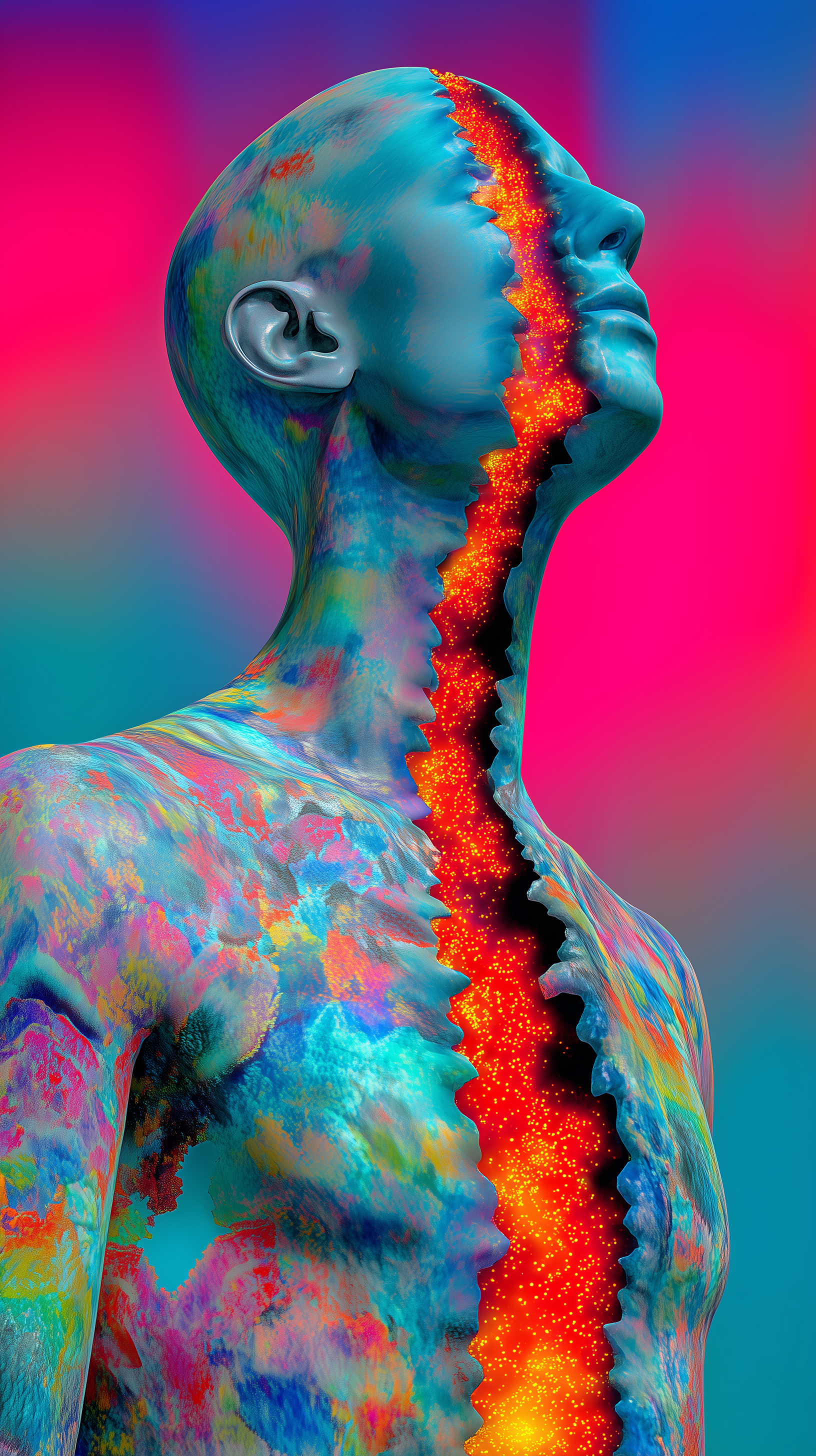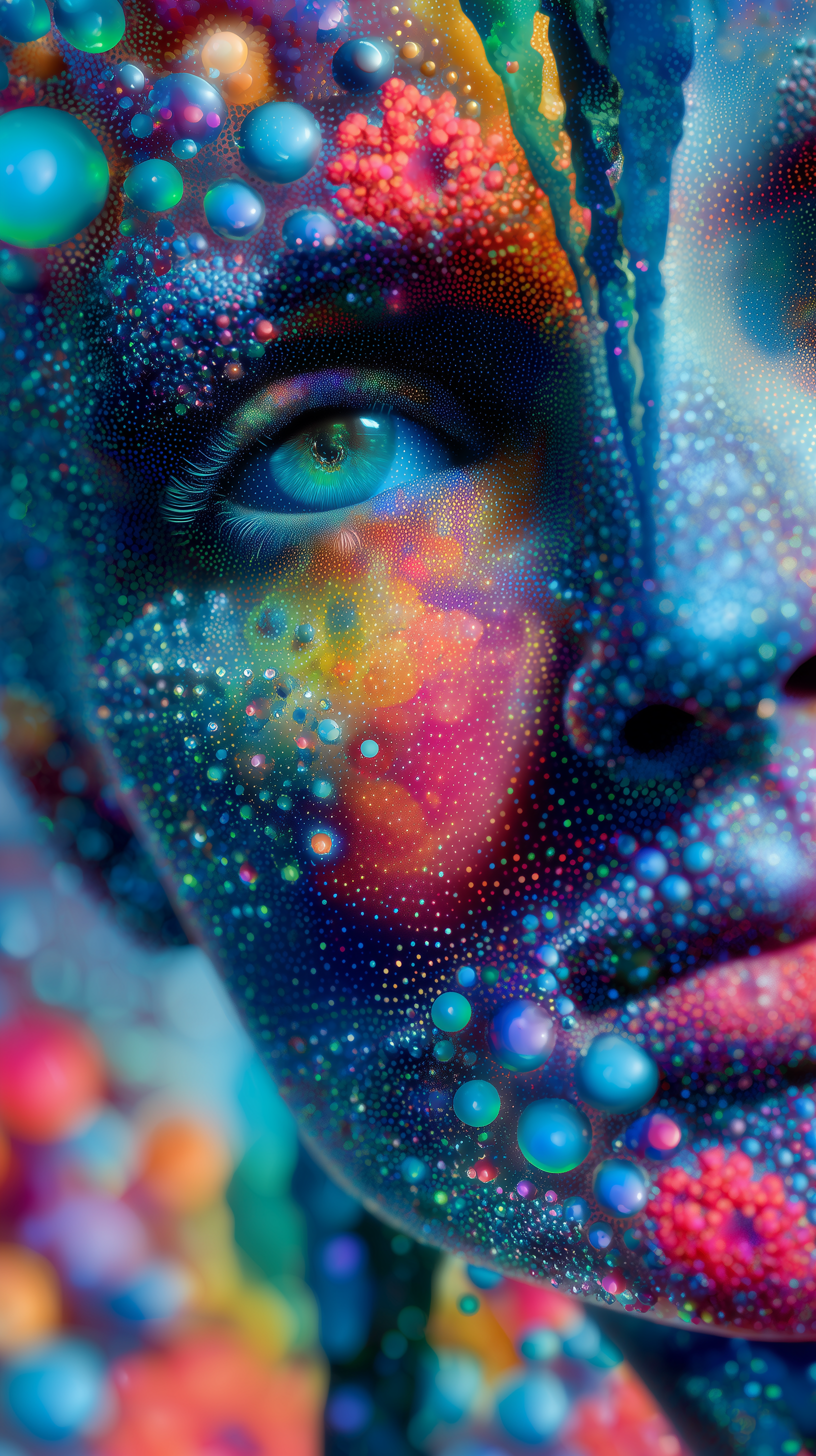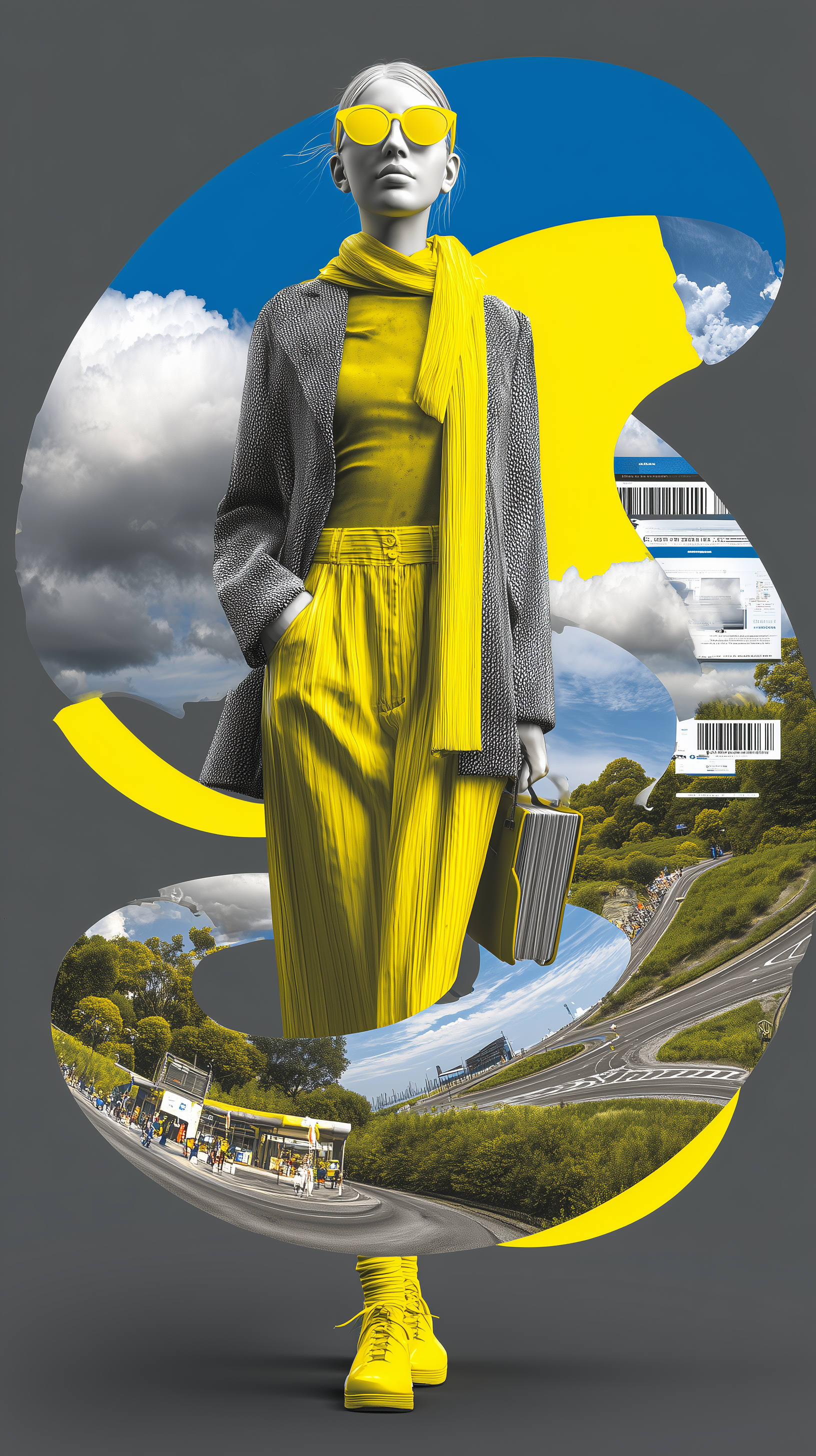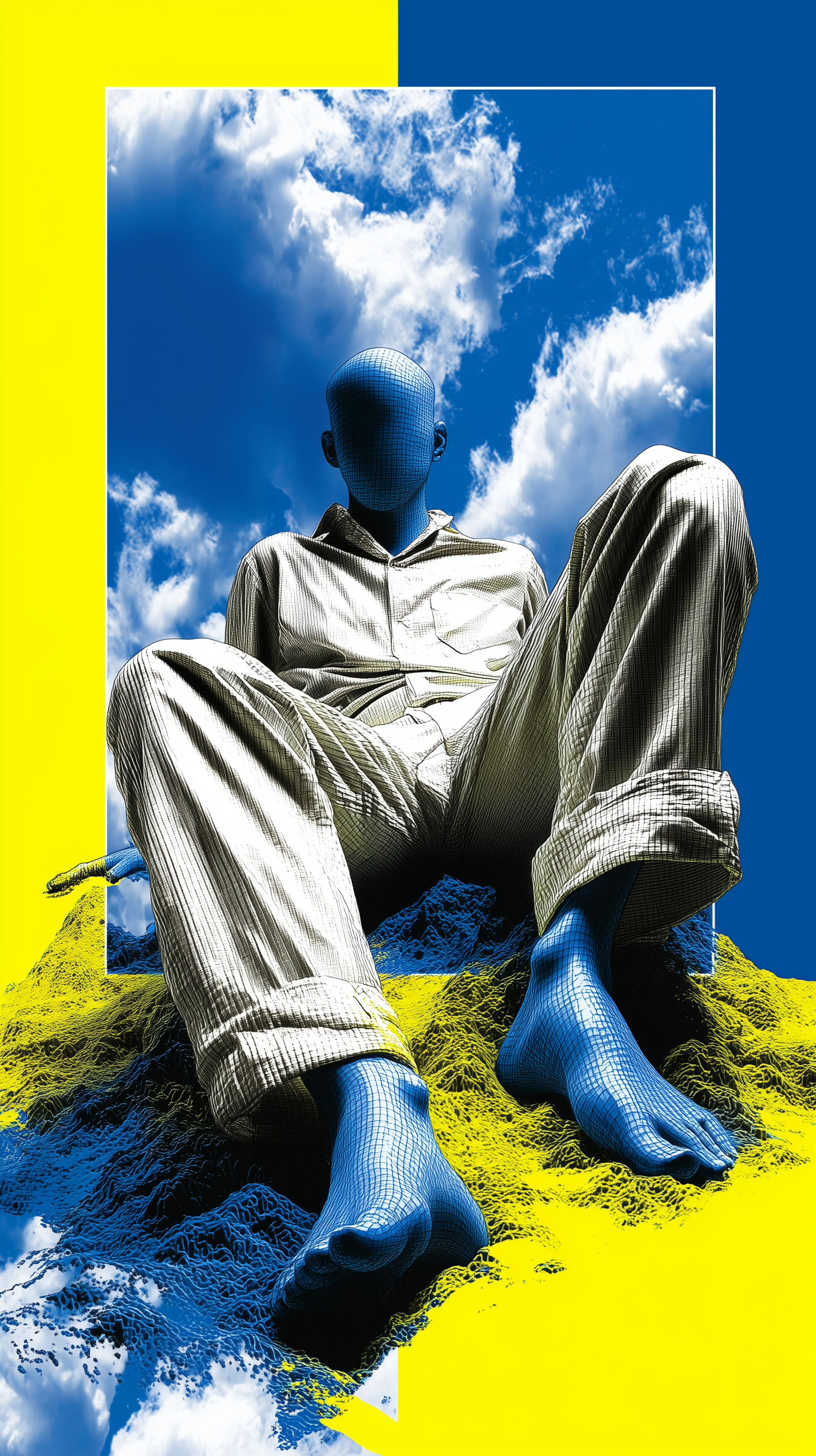Do you ever fall in love with a prompt?
The kind of prompt that feels alive—like it knows you better than you know yourself. It creates a style that feels so right, so natural, that you keep coming back to it over and over. You try it with new tones, new textures, new variations, but the heart of it stays the same. Maybe you add a theme here, a symbol there. But at the core, it is uniquely yours.
That’s where I am right now in my experimentation with AI.
I don’t use artist names. I prefer abstract terms, poetic language, loose definitions that leave space for discovery. I’ve trained certain styles, tuned them with hundreds of images, and learned to blend one model with another—sometimes breaking, sometimes rebuilding. The result is not randomness. It is not “the machine making art.” It is years of prompts, refinements, experiments, mistakes, and breakthroughs distilled into a style that feels like me.
Beyond the Myth of Randomness
One of the biggest misconceptions about AI art is that the artist has little input in the final result. That couldn’t be further from the truth.
The images I create today are not accidents. They’re the outcome of thousands of prompts, tested and refined until I found a foundation that gave me what I was looking for. Then came the layering—textures, tones, symbolism, abstraction. Every choice adds nuance and intention.
When I first started, my art looked like everyone else’s. It was fun, amazing even, but also generic. That wasn’t acceptable to me. I wanted to push boundaries, to find something no one else was doing. I started writing prompts more like poetry, drawing from science and philosophy, describing textures in obscure ways, and constantly asking: What happens if I break this? What happens if I bend that?
Through that process, I stopped making “AI art” and started making my art.
The Parallels to Traditional Art
I understand why traditional artists don’t want their work mimicked by AI. It’s a valid concern, and I share it. That’s why I refuse to use another artist’s name in my prompts. Instead, I focus on description, metaphor, and invention.
But here’s the thing—hasn’t all art always been, in some way, mimicry?
Every painter, sculptor, musician, and writer has learned by imitating those who came before. We study techniques, borrow styles, and experiment with them until we stumble upon something that becomes our own. That is the cycle of learning and creating. Why should it be different for AI? Do we complain when children learn to draw, paint, write in a style that speaks to them, inspires them, even though they are mimicking the creatives who came before them?
AI is not replacing creativity—it’s extending it. Just like every tool before it, from the paintbrush to the camera and even digital tools like photoshop, it invites us to test boundaries until we find our own niche.
My Promise as an AI Artist
For me, AI is not about copying. It’s about translation—taking something internal and finding the language to express it in images that no one else could make.
I’m not interested in making work that looks like someone else’s. I’m interested in building something uniquely mine: a body of work that reflects my choices, my experiments, my persistence, and my voice.
So yes, I’ve fallen in love with a prompt. It’s my anchor, my muse, my doorway into images that feel like me. And through it, I’ve realized something simple but profound:
AI is not the art. The artist is.

